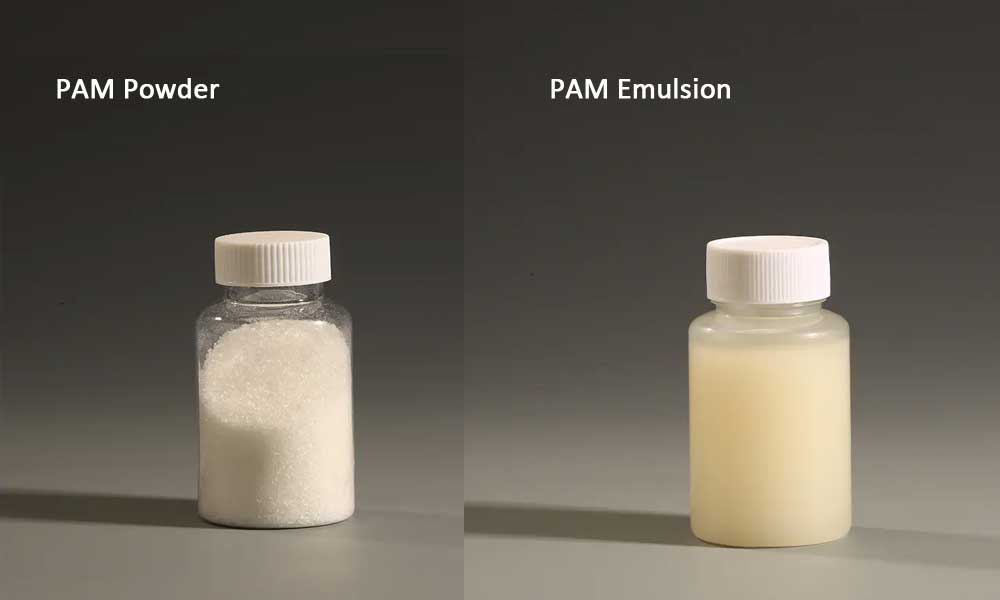در قلمرو علم مدرن، الکتروفورز پروتئین به عنوان یک تکنیک اساسی برای تجزیه و تحلیل و توصیف پروتئینها شناخته میشود. در قلب این روششناسی نهفته استپلی آکریل آمید، ترکیبی همهکاره که به عنوان ستون فقرات ماتریسهای ژل مورد استفاده در سیستمهای الکتروفورز ژل عمل میکند. خواص منحصر به فرد پلیآکریلآمید، آن را به ابزاری ضروری برای محققان و دانشمندانی تبدیل کرده است که به دنبال رمزگشایی از پیچیدگیهای پروتئینها و برهمکنشهای آنها هستند.
پلیآکریلآمید که اغلب به عنوان PAM شناخته میشود، یک پلیمر مصنوعی است که از مونومرهای آکریلآمید ساخته شده است. تطبیقپذیری قابل توجه آن به توانایی آن در تشکیل زنجیرههای طولانی نسبت داده میشود که در نتیجه مادهای ژل مانند ایجاد میکند که میتواند اندازههای مختلفی از مولکولها را در خود جای دهد. این ویژگی، پلیآکریلآمید را به گزینهای ایدهآل برای ایجاد ماتریسهای متخلخل مورد استفاده در الکتروفورز پروتئین تبدیل میکند.
الکتروفورز پروتئین تکنیکی است که پروتئینها را بر اساس بار و اندازه آنها جدا میکند. با قرار دادن یک نمونه پروتئین در معرض میدان الکتریکی در داخل یک ماتریس ژل پلیآکریلآمید، پروتئینها با سرعتهای مختلف از طریق ژل مهاجرت میکنند و در نتیجه نوارهای متمایزی ایجاد میشوند که میتوان آنها را تجزیه و تحلیل و اندازهگیری کرد. این جداسازی بینشهای ارزشمندی در مورد خلوص پروتئین، تعیین وزن مولکولی و وجود ایزوفرمها ارائه میدهد.
نقش پلیآکریلآمید در الکتروفورز پروتئین
انتخاب پلیآکریلآمید برای الکتروفورز پروتئین ریشه در ماهیت قابل تنظیم آن دارد. دانشمندان میتوانند غلظت ماتریس ژل را برای تطبیق با پروتئینهای با اندازههای مختلف تنظیم کنند. غلظتهای بالاتر، ماتریسهای فشردهتری ایجاد میکنند که برای تفکیک پروتئینهای کوچکتر مناسب هستند، در حالی که غلظتهای پایینتر برای پروتئینهای بزرگتر استفاده میشوند. این سازگاری تضمین میکند که محققان میتوانند آزمایشهای خود را برای دستیابی به جداسازی و تجزیه و تحلیل بهینه تنظیم کنند.
پلی آکریل آمید به عنوانلختهساز
کاربرد پلیآکریلآمید فراتر از نقش آن در الکتروفورز ژل است. همچنین به عنوان یک لختهساز در صنایع مختلف مانند تصفیه آب و مدیریت فاضلاب کاربرد دارد. پلیآکریلآمید به عنوان یک لختهساز، به تجمع ذرات معلق در مایعات کمک میکند و حذف آنها را تسهیل میکند. این ویژگی، قابلیتهای متنوع و تأثیر گسترده این ترکیب بر علم و صنعت را برجسته میکند.
پیشرفتها در الکتروفورز مبتنی بر پلیآکریلآمید
سالهای اخیر شاهد پیشرفتهای مداوم در تکنیکهای الکتروفورز مبتنی بر پلیاکریلآمید بودهایم. Native PAGE، SDS-PAGE و الکتروفورز ژل دوبعدی تنها چند نمونه از چگونگی سازگاری پلیاکریلآمید با توسعه روشهای تخصصی برای تجزیه و تحلیل ساختارهای پروتئین، تغییرات پس از ترجمه و تعاملات هستند. این تکنیکها در تحقیقات پروتئومیکس و تلاشهای کشف دارو بسیار ارزشمند هستند.
در حوزه تجزیه و تحلیل پروتئین، پلیآکریلآمید به عنوان همراهی قدرتمند ظاهر میشود و محققان را قادر میسازد تا در دنیای پیچیده پروتئینها کاوش کنند. نقش آن به عنوان پایه و اساس ماتریسهای ژل در سیستمهای الکتروفورز را نمیتوان نادیده گرفت. از کشف مکانیسمهای بیماری گرفته تا توسعه درمانهای جدید، الکتروفورز مبتنی بر پلیآکریلآمید همچنان به پیشرفت علمی شکل میدهد. با پیشرفت فناوری، این شگفتی مصنوعی احتمالاً تکامل خواهد یافت و درک ما از پروتئینها و عملکردهای بیشمار آنها را غنیتر خواهد کرد.
زمان ارسال: ۲۱ آگوست ۲۰۲۳


